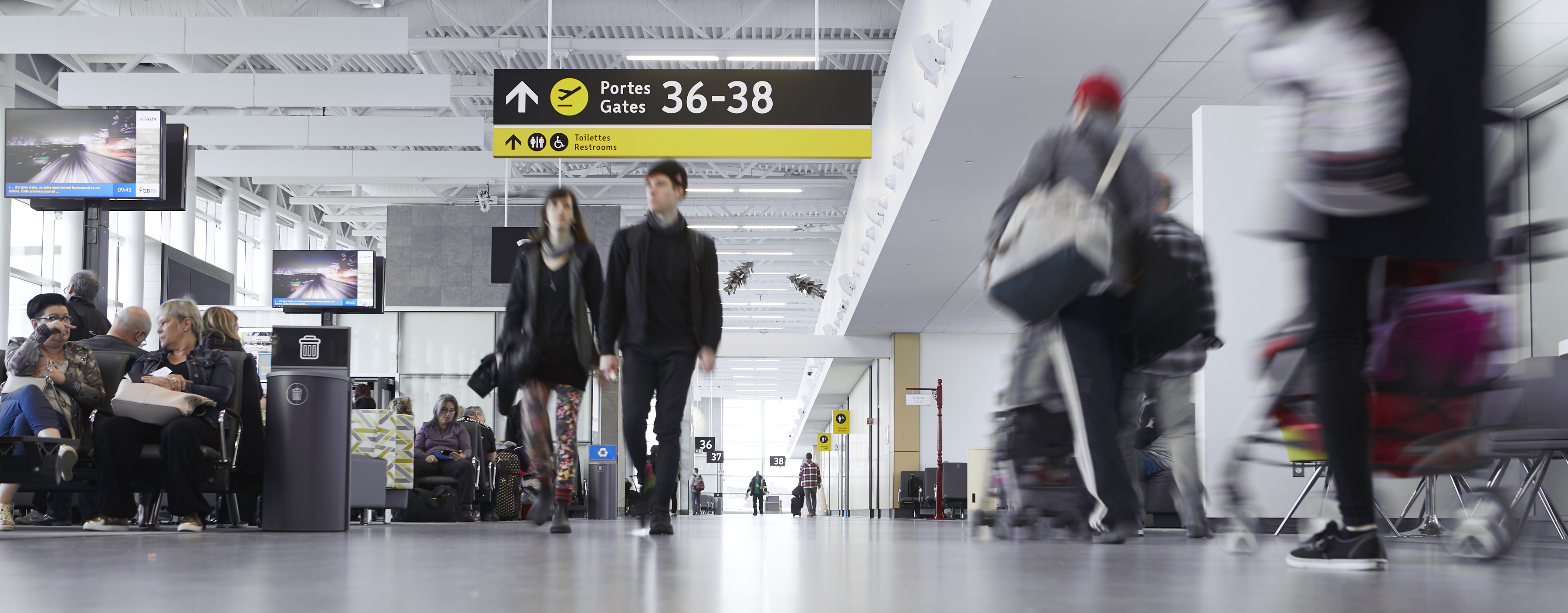
Have to stop somewhere and change planes on your next trip? Don’t panic, layovers usually go off without a hitch, as long as you follow the 60-120 rule: a layover should be at least 60 minutes for a domestic flight and 120 minutes for an international flight. But since departure and arrival times are far from an exact science, here are a few tips to reduce layover-related stress.
1 - A SINGLE ITINERARY
Airlines that offer itineraries with more than one flight are responsible for getting you there. If you miss your second flight because of a delay, they’ll assign you a seat on the next flight, free of charge. However, if you created the flight combination yourself, you’ll have to assume the costs of a missed flight.
2 - SECURITY? CUSTOMS?
Quite often, especially when you change countries during a layover, you’ll have to go through customs and the screening checkpoint again. You may even have to pick up your checked luggage and check it in a second time. Find out about the applicable procedure before you leave and ideally, travel only with carry-on luggage.
3 - THE FUTURE BELONGS TO THE EARLY BIRDS
Opt for an early flight. There are fewer risks of delays accumulating over the course of the day’s long list of landings and takeoffs. If, unfortunately, you miss your flight, you’ll have a better chance of getting onto another flight the same day.
4 - TERMINAL 1 OR TERMINAL B?
Depending on the airport, you might have to change terminals during your layover in order to get to the gate for your second flight. Try finding out a bit more about the arrival and departure terminals and do some research to estimate how long it will take to get from one to the other. Large airports usually have train or shuttle services to connect the different buildings.
Written by Charles-Edouard Carrier and published in Magazine Y No 4
To consult Magazine Y No 4 : Click here
